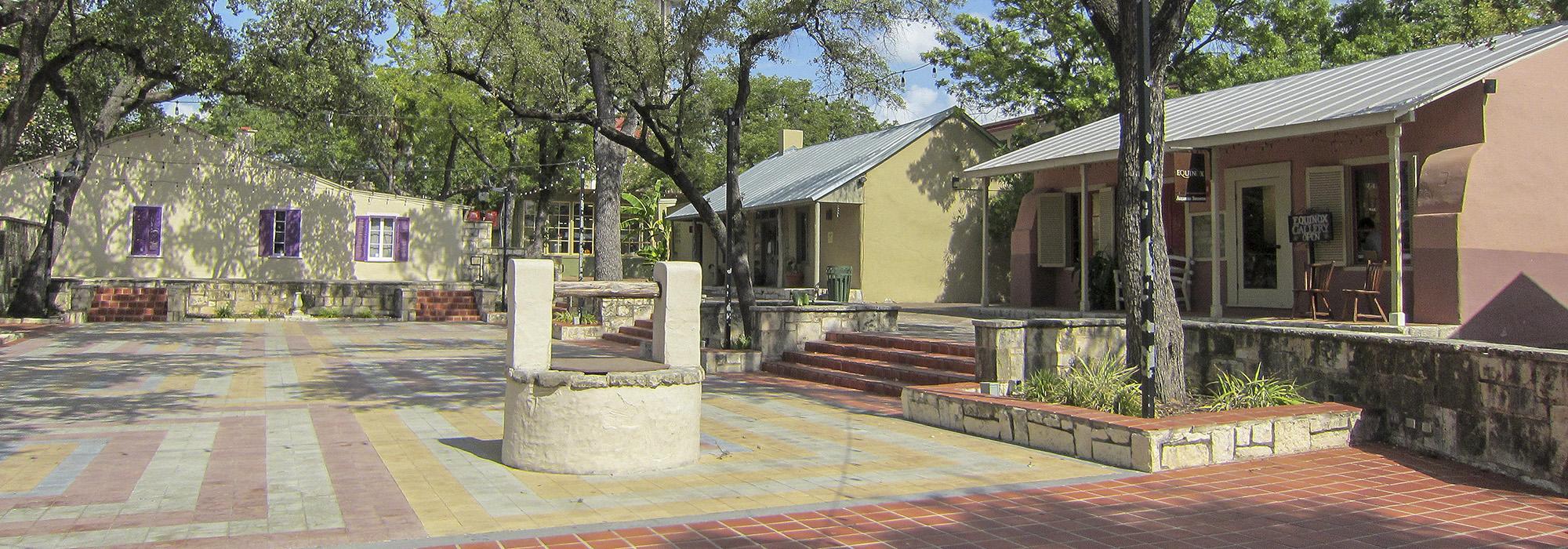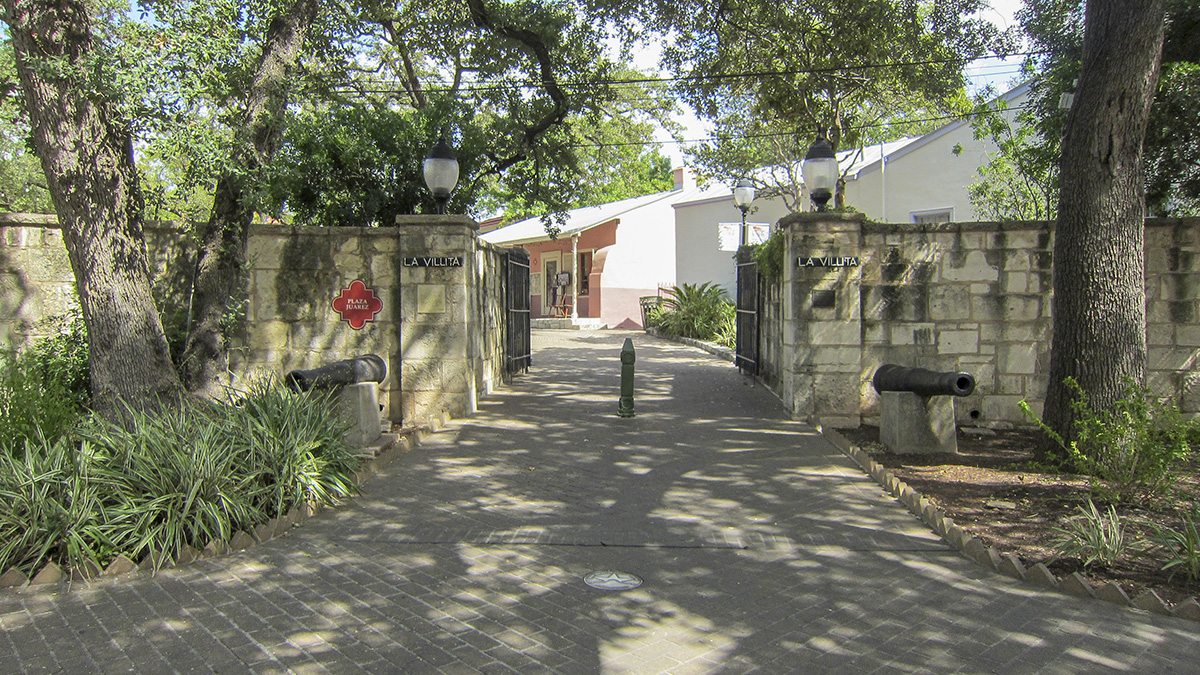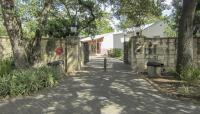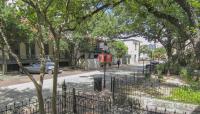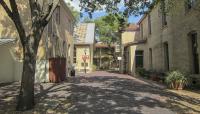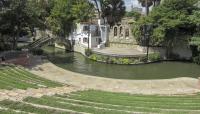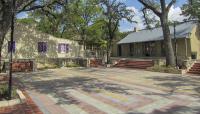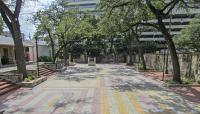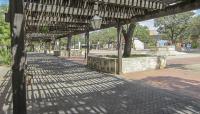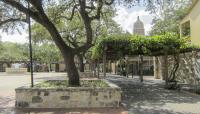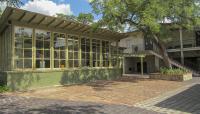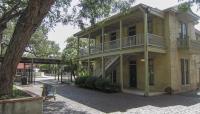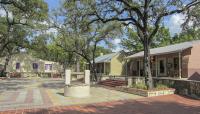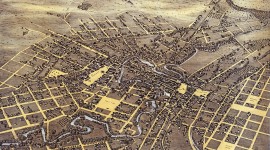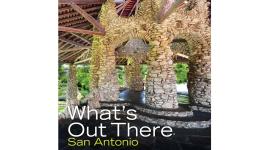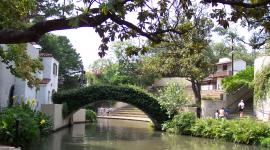Landscape Information
Bounded by Presa, Nueva, and South Alamo Streets and the San Antonio River, this seven-acre site was among the city's first residential neighborhoods, inhabited by Spanish settlers as early as 1768 and subsequently by German, Swiss, and French immigrants throughout the nineteenth century.
Between 1939 and 1941, the National Youth Administration, guided by architect O'Neil Ford, restored nearly 30 vernacular Spanish Colonial and Mission Revival structures. They also constructed the Arneson River Theatre, an 800-seat amphitheater with seating made of large blocks of natural stone and grass. The circular Villita Assembly building, also designed by Ford, was completed in 1958 just west of the amphitheater. In 1981 Ford’s firm, Ford, Powell & Carson, in association with Saldana, Williams & Schubert, added red-clay tiled pathways and low stone walls throughout the neighborhood as part of a master plan. Today, the urban arts village is home to dozens of shops, art galleries, and restaurants accessible via Villita and King Philip Streets, which have been converted into tree-lined pedestrian walkways.
Three rectangular plazas lined with live oaks in elevated stone beds serve as public gathering spaces. The largest, Mayor Maury Maverick Plaza, is located in the southeastern quadrant and centered around an octagonal fountain. The sunken Plaza Juarez is bounded by a masonry wall south of the Villita Assembly building and features an adobe well. The smallest plaza, Plaza Nacional, is located along the southwest edge of the district. The La Villita Historic District was listed in the National Register of Historic Places in 1972.



